Mind On Their Money
Cap Rollover, Rookie Compensation Major Factors In Birds Draft Plans
The NFL Draft starts at 8 p.m. tonight with the first round, and the Eagles are selecting 22nd overall – or are they?
Howie Roseman loves to make trades, especially in the first round.
In each of the past three drafts, the Eagles’ executive vice president of football operations has orchestrated trades up in the first round – for DeVonta Smith in 2021, for Jordan Davis in 2022 and last year for Jalen Carter.
But there are financial implications to each draft trade the Eagles make.
In Part 2 of a three-part series examining the Eagles’ salary cap management strategies, we’ll examine their history of rollover cap space and rookie draft compensation.
[Editor’s Note: Actual, accurate salary cap data is privately held by the NFL. This story relied on the most credible web sources possible for public contract info. This story was sourced by Spotrac Premium. Also, these stories are a simplification of the salary cap and its mechanics as the 2020 NFL Collective Bargaining Agreement (CBA) rules are more nuanced.]
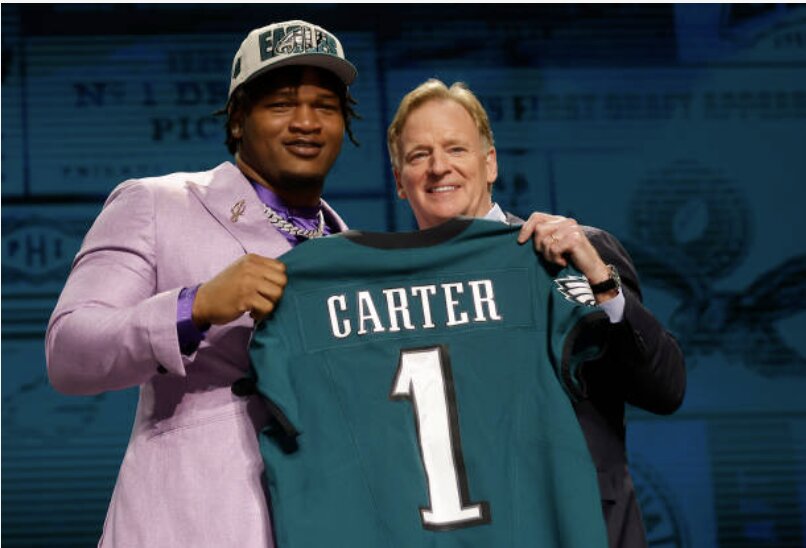
GETTY IMAGES: The Eagles are known for draft-day trades, which impacts their accounting.
The Starting Point Rollover Cap
First off, it’s important to have a basic understanding of the salary cap.
The salary cap for 2024 is currently set at $255,400,000 for all teams in the NFL. But some teams are credited, or charged, for decisions that made in 2023.
For instance, some teams don’t use all of their salary cap space. For them, the leftover amount carries into the following season.
Additionally, some players hit certain incentives they weren’t expected to hit. In those cases, the team is charged in the following season.
Alternatively, some player incentives that were expected to hit and therefore counted against the cap might not hit. In those cases, the team is credited with cap space.
The Eagles were credited with $2,023,329 of 2023 salary cap rollover as well as $2,810,030 as a salary cap adjustment, which leaves their total cap room at $260,233,359.
As of the time this story is published, the Eagles have dedicated $254,861,443 to all of their roster spots – leaving total cap space of $5,371,916.
It’s important to note that this number will likely be closer to the top-51 salary cap projection of $230,886,443, which would leave $29,346,916 when the season actually begins. Only the 51-highest salaries on the roster count toward the cap.
The discrepancy is due to the fact that the Eagles have 78 players on their team but can only carry 53 into the regular season, excluding practice squad.
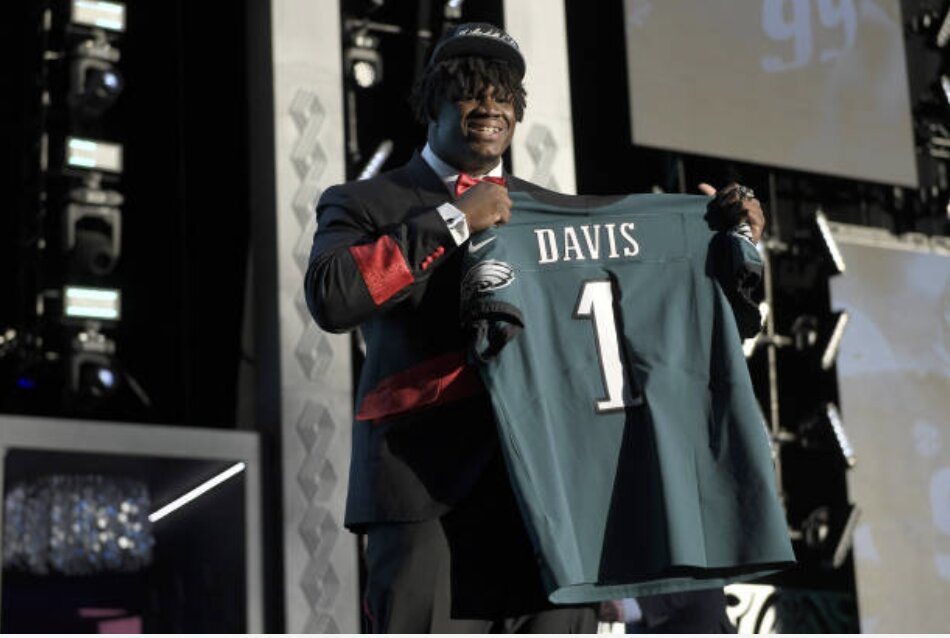
GETTY IMAGES: The Eagles moved up in 2022 to draft Jordan Davis, like they did a year before to take DeVonta Smith and a year after for Jalen Carter.
The Rookie Formula
The NFL has introduced a formula for all rookie players drafted into the NFL, which leave little room for negotiation in a rookie contract.
These values are proscribed based on where a player is drafted. Here’s a projection of the Eagles’ picks as they stand:
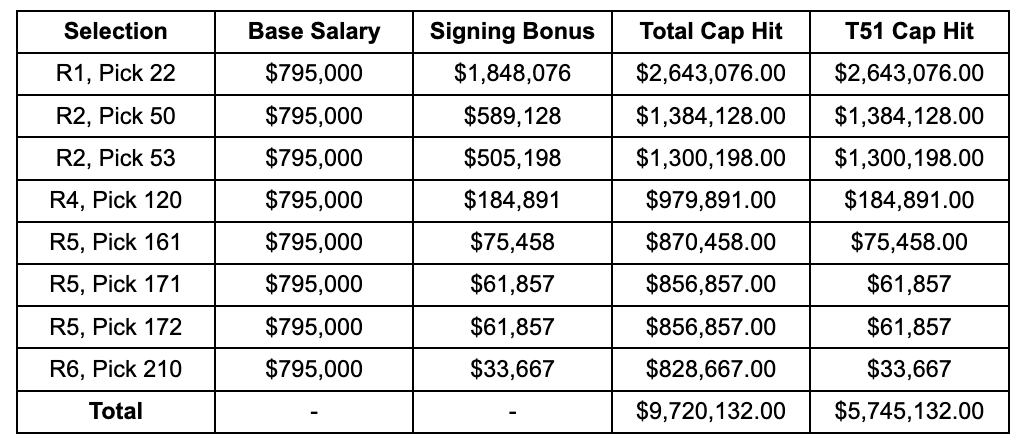
Eagles Strategy
Note the difference between a player selected in the first round and a player selected in the second round.
The signing bonus is more than one-third lower for a second-round pick. That’s one of the main reasons the Eagles’ selection of quarterback Jalen Hurts as a cost-controlled backup was smart, even if he had never became the starter.
The Eagles like to take cost-controlled backups at key positions, like quarterback, and might repeat that trend in this draft even after adding former Steelers first-round quarterback Kenny Pickett, although if the Eagles grab another quarterback it would probably be on Day 3.
Another key point to understand is that when the Eagles make trades, they’re also increasing or decreasing the amount they’re spending on the player they’re selecting.
Geoff Mosher discussed in a recent “Inside The Birds” podcast the possibility of the Eagles trading up between 15-to-20 to select either Terrion Arnold or Quinyon Mitchell.
If the Eagles traded up to 15, this would be their cap consequences:

This move wouldn’t just cost the Eagles draft capital – or players – it would also cost them almost $400,000 against salary cap.
Alternatively, the Eagles could move back. If they jumped back seven spots to 29 – as opposed to moving seven up to 15 – this would be their cap consequences:

This move would save the Eagles almost $300,000 for moving back the same number of spots as a potential move-up.
These financial consequences become more extreme the further they are from the original pick, in either direction.
This analysis shows there’s more that the Eagles consider when making trades in the draft than what people might think.
– Sam Finkel is a staff writer for InsideTheBirds.com whose focus is on analytics.
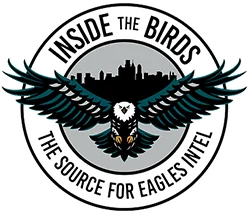

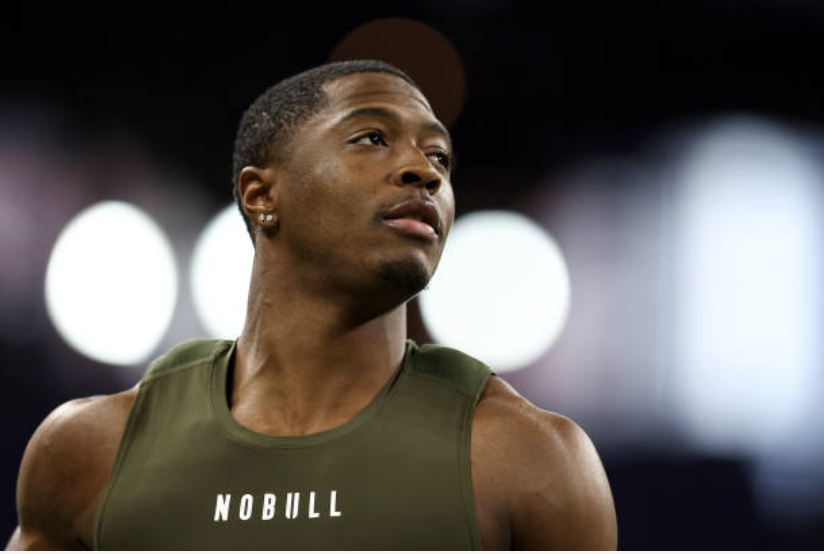
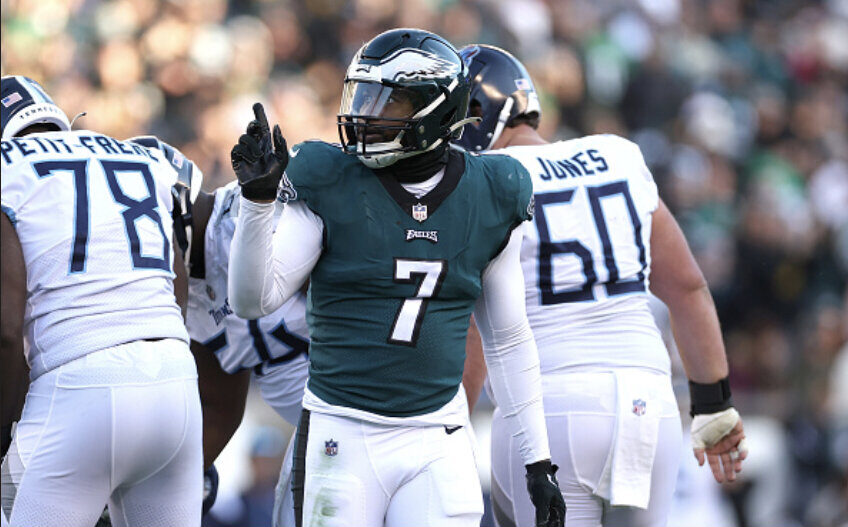
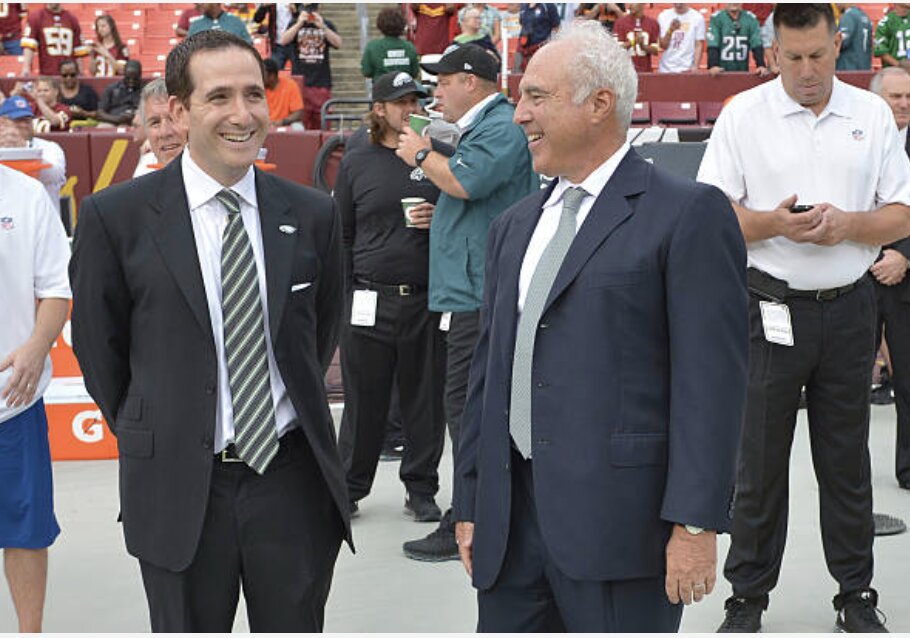
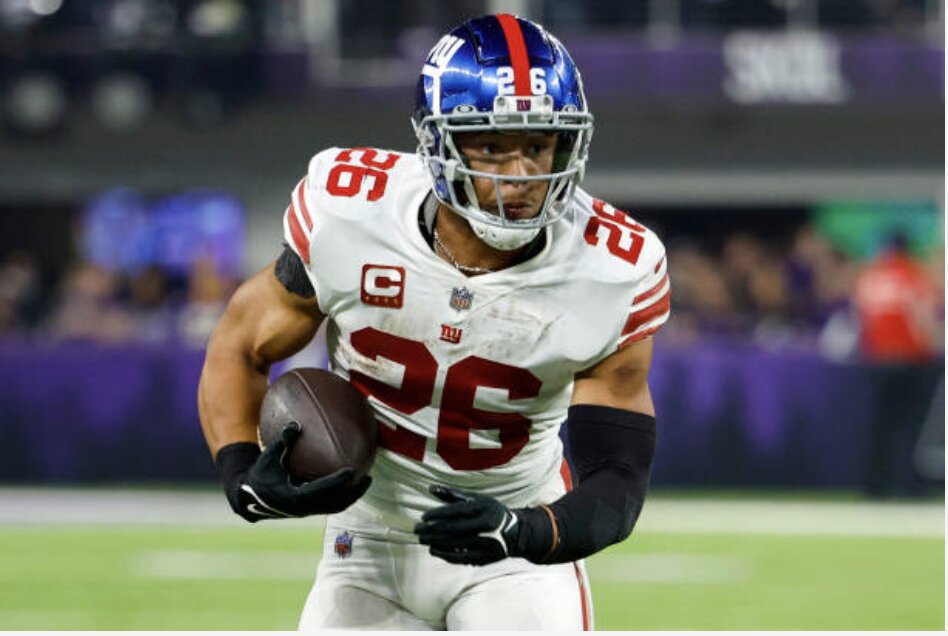
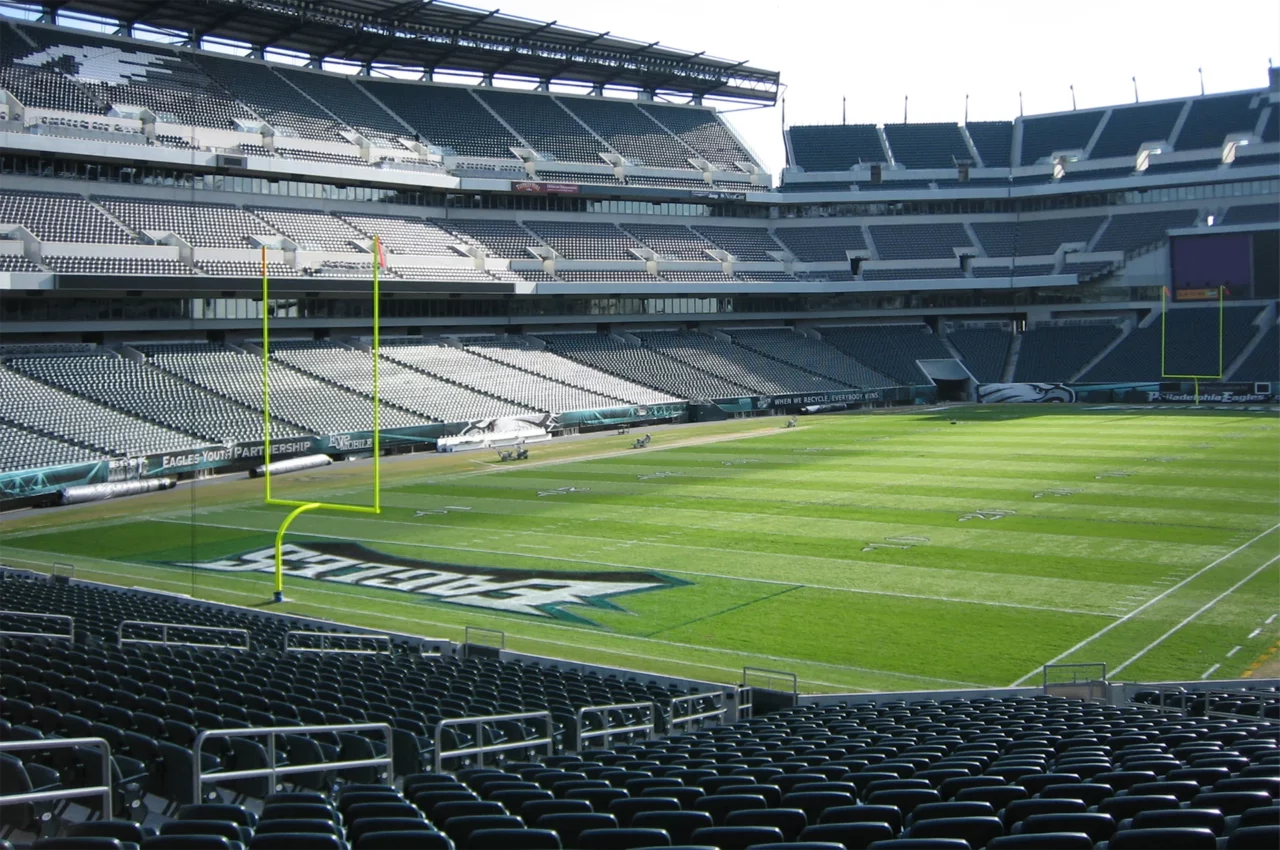
1 Comment
Cb walla e
Good article